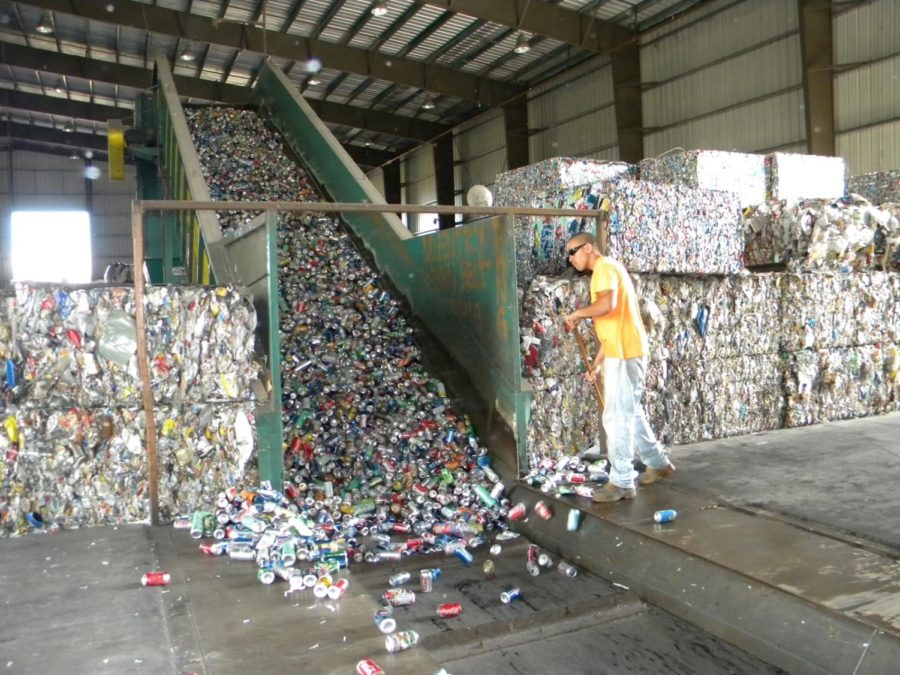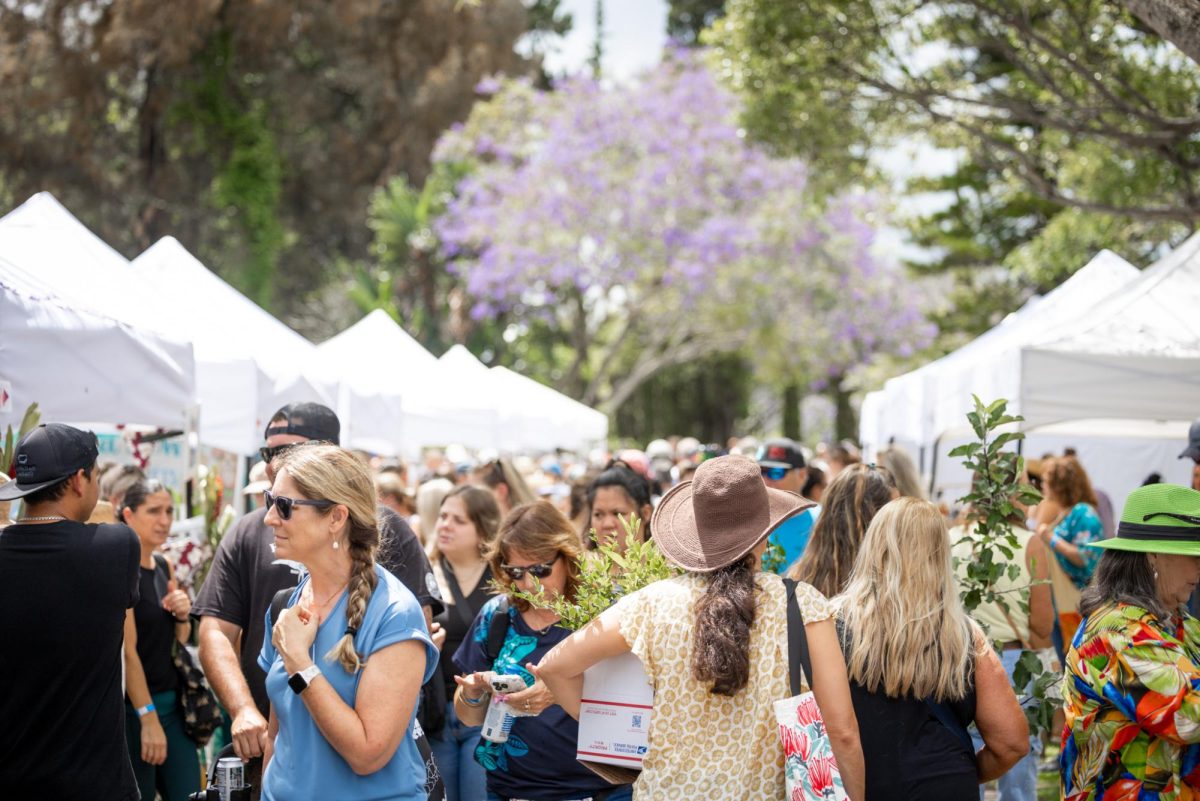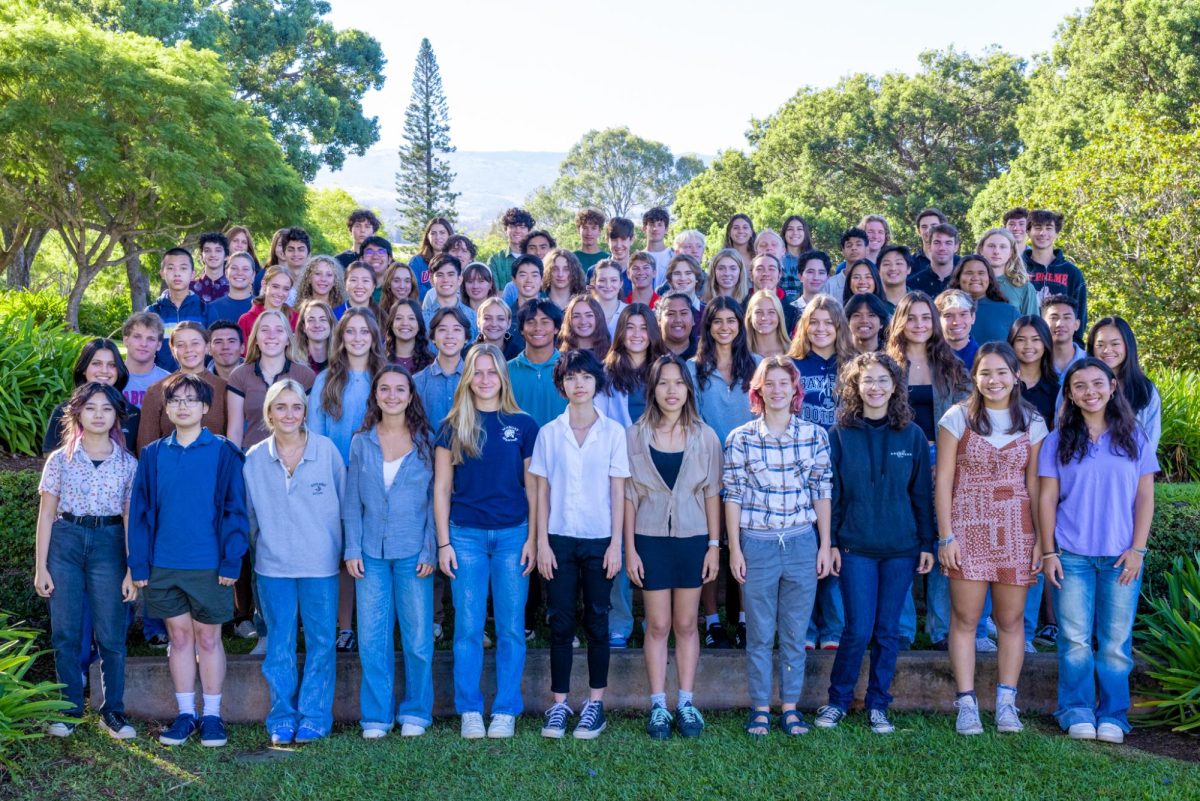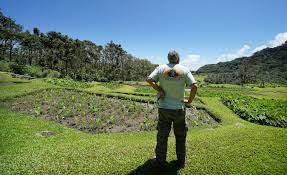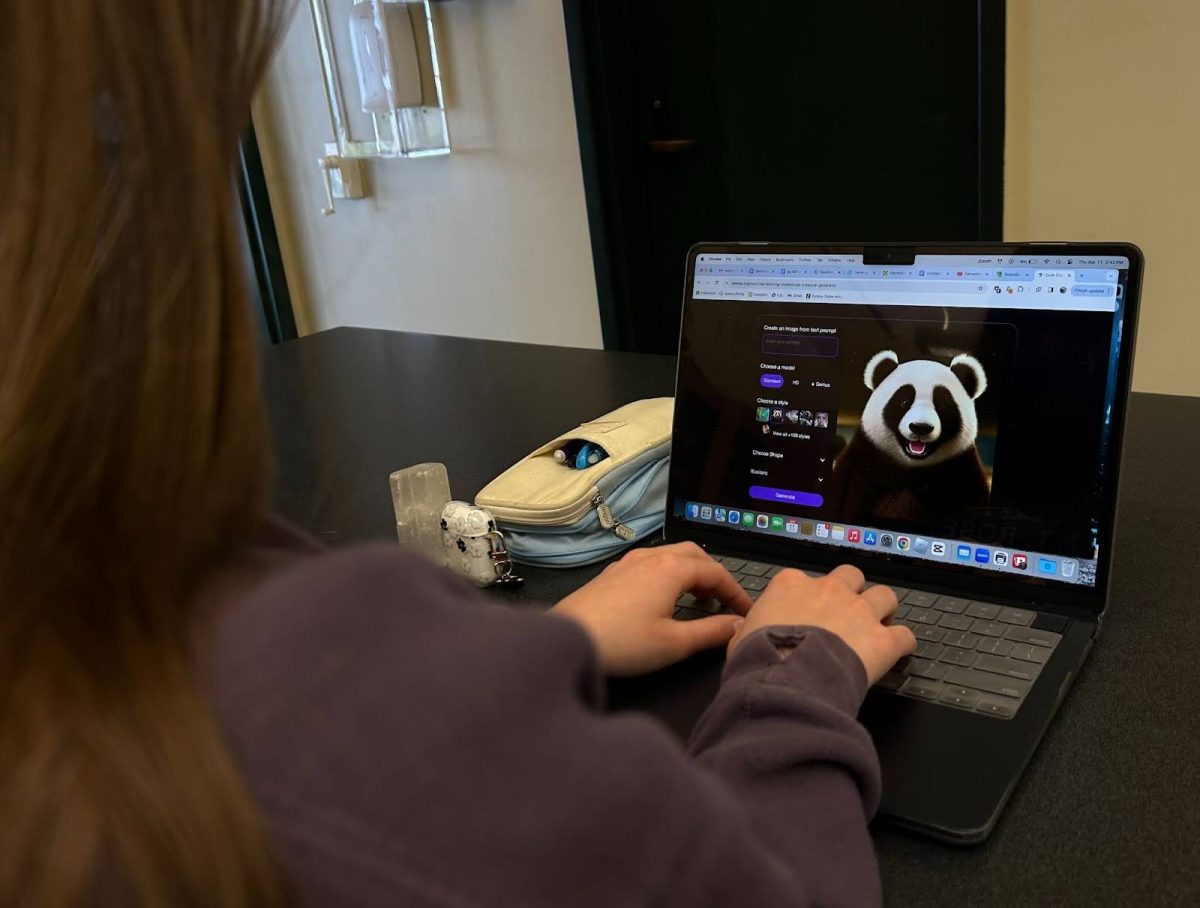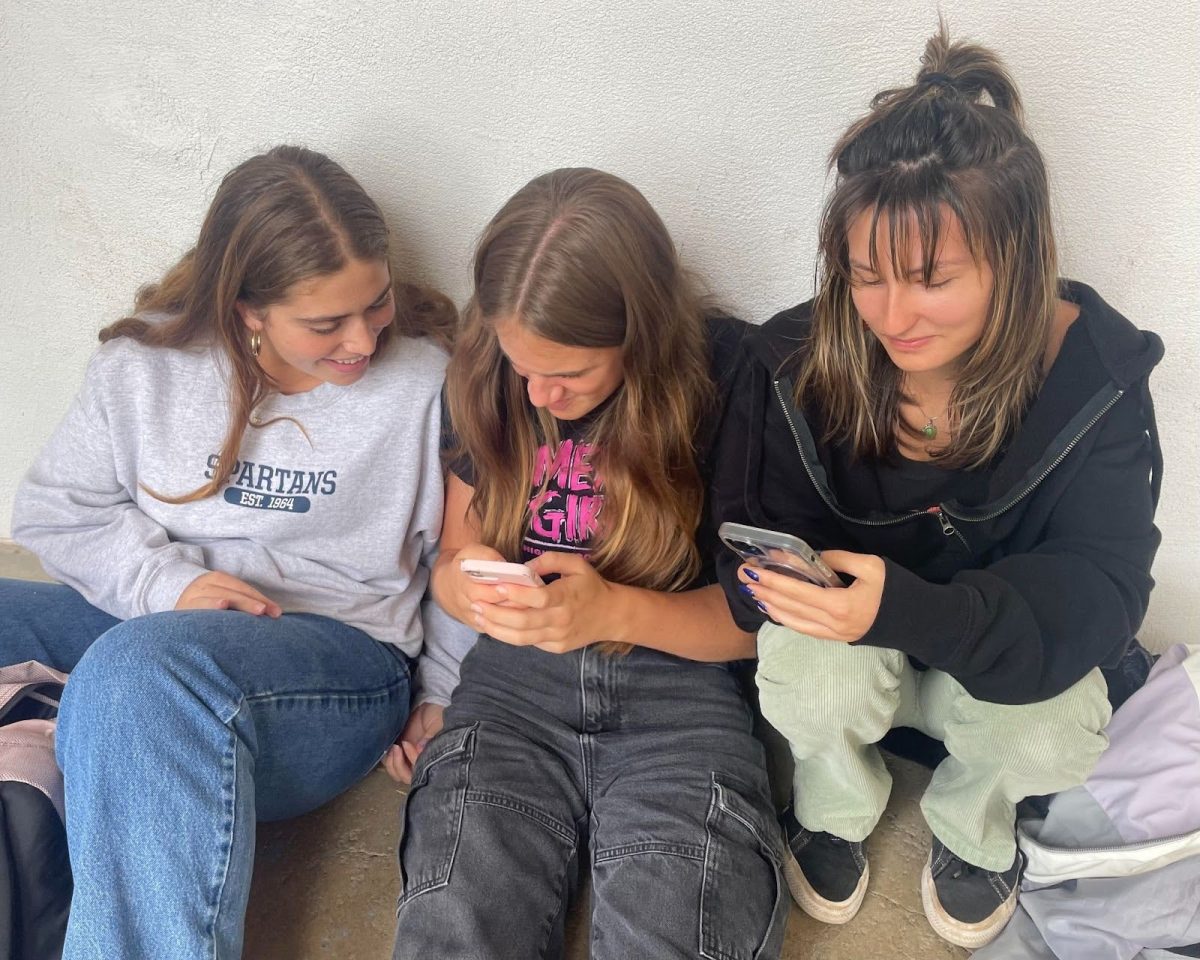Hawai’i is one the the most environmentally conscious and “green states,” ranked #8 according to US News and World Report. Hawaii has earned this title due to their “climate change contributions,” ranging from incentives for homeowners to install solar panels and the bans placed on plastics such as utensils and shopping bags. Even though Hawai’i has evidently committed to saving the natural environment and reducing climate change, one area in which they fall short is their recycling program.
Maui residents know that recycling here is more difficult and specific than it is in other places such as the mainland, and even in other Hawaiian islands. For starters, Maui does not have curbside collection of recycling, unlike Oahu, so residents must go to recycling centers with their trash. This in itself is likely to reduce recycling rate on Maui due to extra effort involved in recycling.
In addition, Maui county lists the limited amount of items they recycle online, which includes: Aluminum/steel/tin cans, only plastics #1 and #2, newspaper, glass containers, cardboard, and paper bags. However, Scottsdale, a city in Arizona, recycles all of this and magazines, nearly all paper, all plastics #1-7, and food and drink cartons according to their website. From this comparison it is clear that Maui should be recycling more than it does.
The question is, why does Maui limit what can be recycled? First we must understand where Maui’s recycling is being sent to, as there are no recycling plants in Hawai’i. As listed on Maui County’s website, every recyclable material except glass, which is sent to California, is sent to China. This is problematic not only because of the high carbon footprint that is caused by sending Hawaii’s trash halfway around the world, but also because China has stopped accepting many recyclable materials due to a ban in 2017. China no longer accepts imports of paper and plastics such as #3-7 to reduce the pollution in the country and prevent toxins as many of the imported materials have been contaminated, causing poor air and water quality in their country (Greene 2018). This ban and the lower cost of just producing more plastics compared to recycling used materials has led to a decrease in the recycling market, according to Big Island Now. In addition, China has implemented strict contamination laws, only accepting recyclables that meet the 95.5% purity standard (Katz 2019). For these reasons, Maui only recycles what China is able to accept.
Solutions:
One solution to increase recycling in Maui is to implement free curbside pickup. This has been effective in Oahu, as landfill waste decreased by 6% in the first year of creating the program. By implementing curbside pickup, recycling will greatly increase and therefore make recycling more products in Maui economically justifiable (Cooney 2012).
The state of Hawai’i could also build a recycling plant that all of the islands could use. It has been argued that this is not feasible because there are too few recyclables to build a plant. However, reducing the 20% contamination rate of Maui’s recyclables would make a recycling plant in Hawai’i more economically reasonable (Van Dyke 2023). As stated before, implementing curbside recycling pickup would also increase the amount of recyclables in Maui so that a recycling plant could be created. In addition, a recycling plant in Hawai’i would reduce emissions from shipping trash to Asia and create more job opportunities. Maui could reduce the contamination rate and generate more recyclables by continuing to educate the public about what can be recycled. Creating a recycling plant for the islands would lower the emissions produced as the trash would not be sent thousands of miles to another country and instead would be repurposed locally.
Another feasible option that should be implemented is selling lower value recyclable materials to H-Power, a waste-to-energy plant on Oahu. Maui had a plan to install a waste to energy plant at one point, but the process has been stalled (Harlow 2020). H-Power receives plastics that are harder to recycle (#3-7) and paper to produce energy. Sending some recyclable materials to H-Power would significantly decrease the amount of trash that goes into a landfill and Hawai’i’s oil dependency. Although H-Power has produced a significant amount of methane, nitrous oxide, and CO2, methane gas produced from a landfill is “80 times worse than the carbon dioxide emitted from burning trash” (Van Dyke 2022). However, incineration for energy is a controversial solution as it does create pollution on some level and it could “disincentivize recycling” (rts 2021). This solution would only provide energy for Oahu, however, but it would reduce landfill waste for all of the islands.
Maui residents can improve recycling by cleaning recycling that may be contaminated and they can also read what items can be recycled on Maui county’s website to avoid “wish-cycling” and contaminating real recyclables with trash in addition to advocating for better recycling legislation (Heighes, O’Neil 2022). The biggest way to decrease landfill waste however, is to reduce and reuse.
Recycling on Maui can be significantly improved with a variety of solutions that combats the current limitations, such as recycling plants, energy to waste plants, curbside recycling pickup, and education and outreach. Although Hawai’i has done well being environmentally conscious in many other areas, Maui has a recycling problem that must be fixed.
